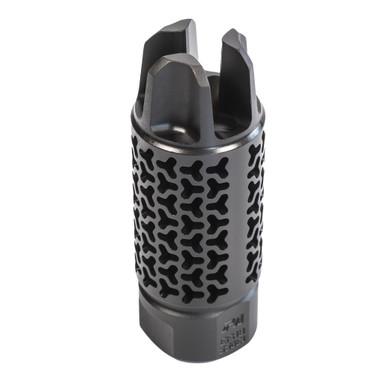best defense
Well-Known Member
For starters, I don't go about my reloading to see how much pressure my rifles will handle. I have discovered that hot loads just make the lands in my barrels burn up, and normally do not provide more accuracy. If you have never taken a look into the beginning of the lands in your rifle, you can buy an electronic bore scope on Amazon for a little over $100.Dear safety Steve, we ask politely that you sit this one out. Or, just limit your input to photographic evidence...
What pressure signs do you stop at?
This question is for the guys who want the most out of velocity. I have rifles that I don't push and just shoot for accuracy even if it is well below the max. I have a couple that I like to push to the max. So, where do you maverick's draw the line with pressure signs. Is it when primers begin to flatten, completely flatten, crater primers, hard bolt lift, ejector marks, swipe, etc.. I know there are false pressure signs, please include experience with that.
Rules for answering:
Rule number one: Safety First
Rule number two: Lets hear real world experience, not ethics or safety Steve ranting about not testing boundaries.
Rule number three: Let the dragon breath!
That said, my warmer loads do make the primers start to flatten out. Having read some stuff about pressure signs, I understand that by the time you see something that looks like pressure signs you are most likely well over the safe limit for that rifle and load combinition, and continuing on will be at your own risk. Keeping in mind that there is no warranty for us hand loaders. It is all on us.
I have created some hot loads in the past but never did get any good results from any of them.
I used to have a 7 Ihmsa single shot handgun. I could not find any load information for that cartridge, so I tried some mid-range 308 loads. That was too hot and it was blowing primers. Eventually did find some loading information for that round, but the recoil was more than I was comfortable with because while shooting in the creedmore position, it would drive my elboe into the ground. Even with an elboe pad, it still hurt, and I traded that off to a guy who really wanted it. I never did find out how it worked for him.

